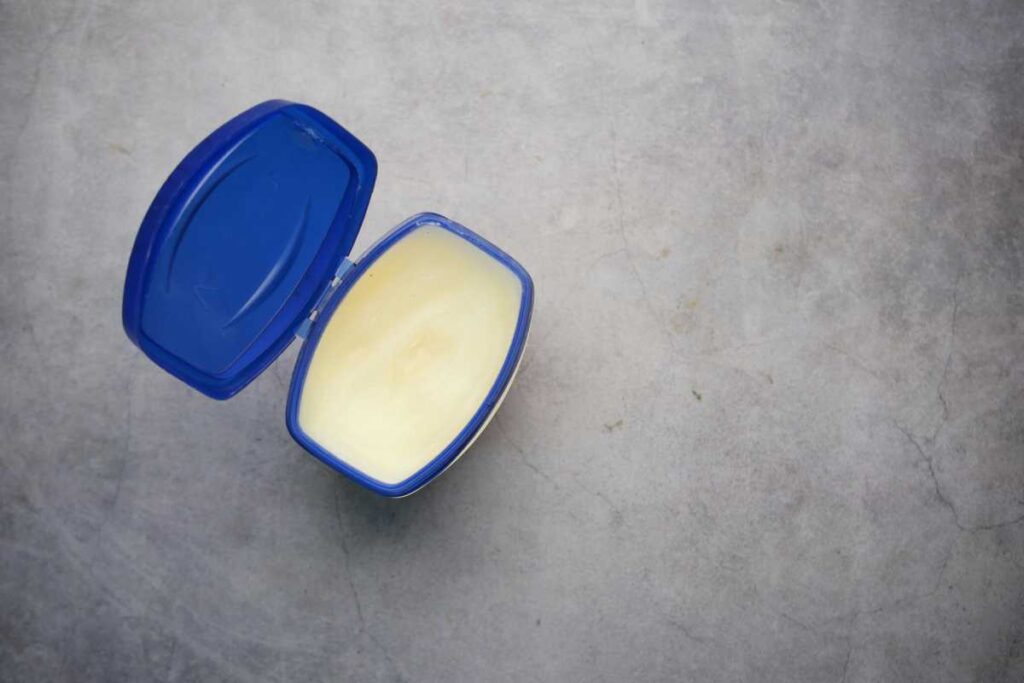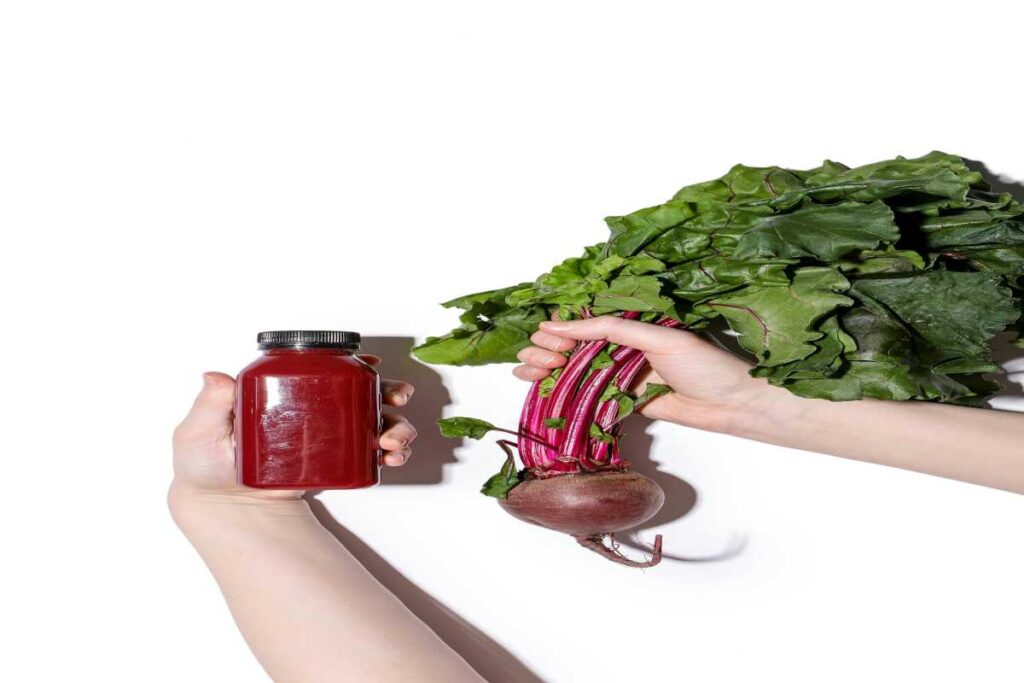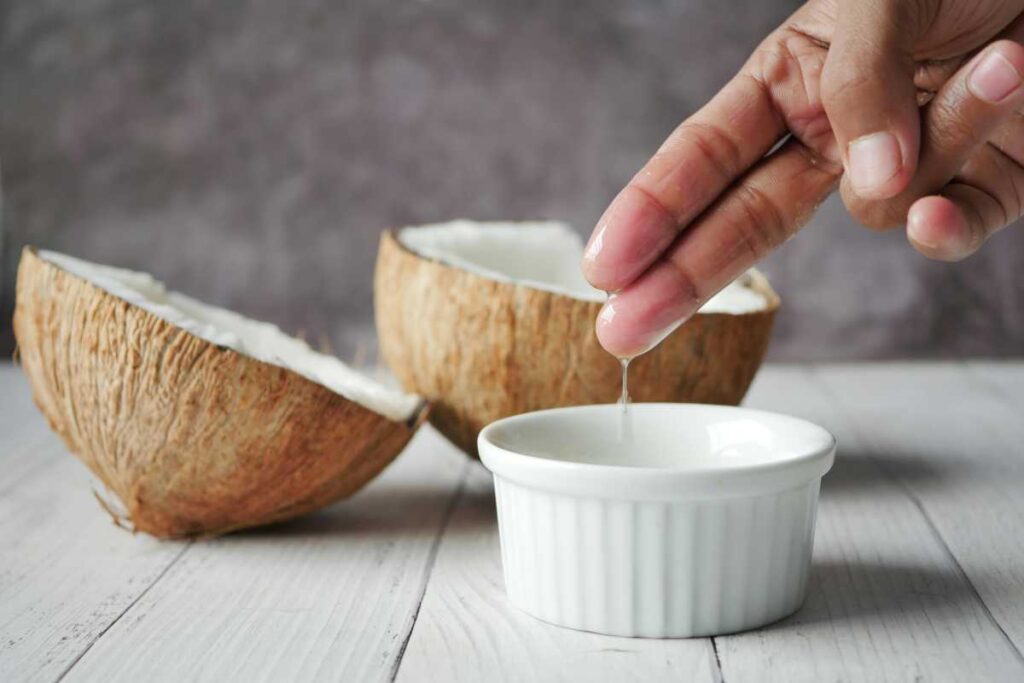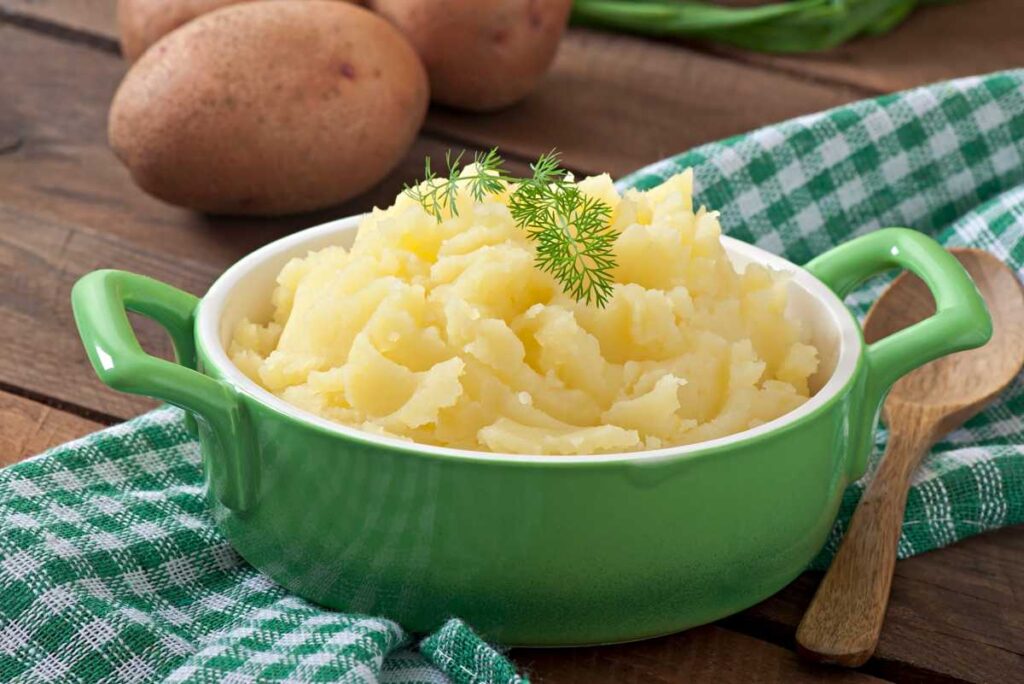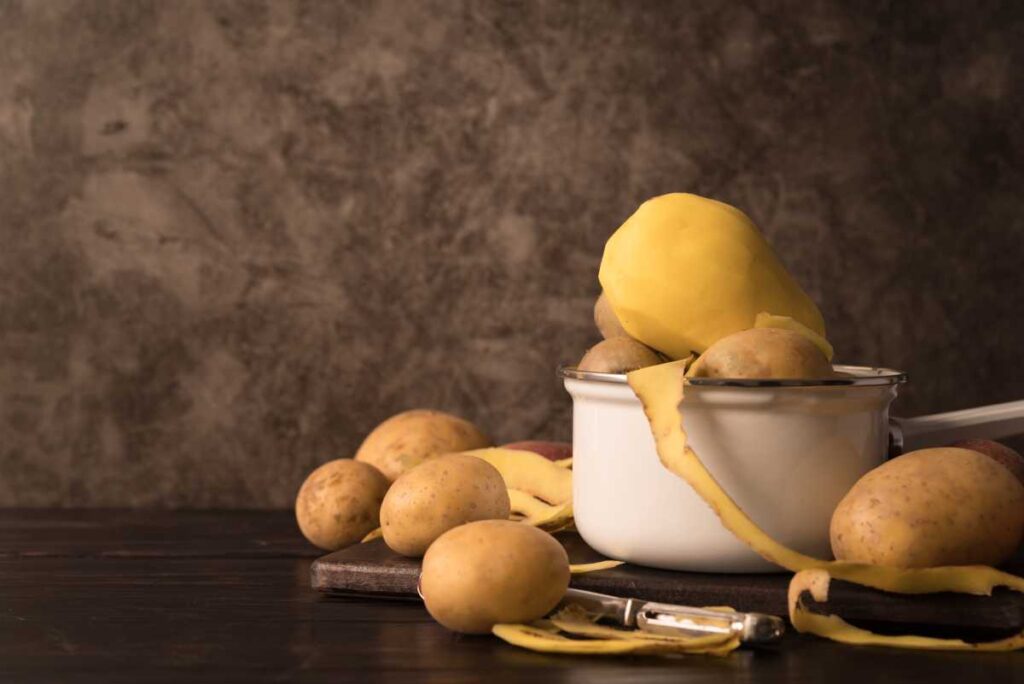Petroleum jelly is a versatile and affordable skincare product that has been a staple in many households for over a century. Known for its soothing and protective properties, it’s used for a variety of applications, from healing chapped lips to moisturizing dry skin. In this blog, we will explore what petroleum jelly is, its benefits, and how you can incorporate it into your daily routine.
1. What is Petroleum Jelly?
Definition:
Petroleum jelly, commonly known by the brand name Vaseline, is a semi-solid mixture of hydrocarbons derived from petroleum. It was discovered in the 19th century and has since become a popular product in beauty and skincare.
Composition:
Petroleum jelly consists mainly of mineral oils and waxes. It has a smooth texture and is colorless or slightly yellow. It is non-toxic and hypoallergenic, making it safe for most skin types.
2. Benefits of Petroleum Jelly
Moisturizing Properties:
One of the primary uses of petroleum jelly is its ability to lock in moisture. It forms a protective barrier on the skin, preventing water loss and keeping the skin hydrated. This makes it particularly beneficial for dry or cracked skin.
Wound Healing:
Petroleum jelly can help promote healing by creating a moist environment for minor cuts, scrapes, and burns. It can protect the skin from external irritants and prevent scabbing, which can lead to scarring.
Lip Care:
Using petroleum jelly on chapped lips can provide instant relief and hydration. It helps seal moisture in, keeping your lips soft and smooth.
Skin Protection:
Petroleum jelly is often used to protect the skin against harsh weather conditions, such as wind and cold. It can act as a barrier on exposed skin areas to prevent dryness and irritation.
Makeup Application:
It can also be used as a makeup primer for a dewy finish. Applying a thin layer of petroleum jelly before foundation can give your skin a radiant glow.
3. How to Use Petroleum Jelly
1. For Chapped Lips:
- Apply a small amount of petroleum jelly to your lips as needed. This will provide immediate moisture and protection.
2. For Dry Skin:
- Apply petroleum jelly to dry patches on your body, such as elbows, knees, and heels, before bed. For best results, follow up with cotton socks or gloves to lock in moisture overnight.
3. For Wound Care:
- Clean the affected area with soap and water, pat dry, and then apply a thin layer of petroleum jelly to protect and promote healing. Cover with a bandage if necessary.
4. For Makeup Removal:
- Use petroleum jelly on a cotton pad to gently remove makeup. It can effectively dissolve makeup without drying out your skin.
5. For Hair Care:
- Apply a small amount to your hair ends to tame frizz and add shine. Be cautious not to use too much, as it can weigh down your hair.
6. For Preventing Skin Irritation:
- Apply a layer of petroleum jelly to areas prone to chafing, such as thighs or underarms, before physical activity.
7. As a Nail Care Product:
- Rub petroleum jelly on your cuticles and nails to moisturize and prevent hangnails.
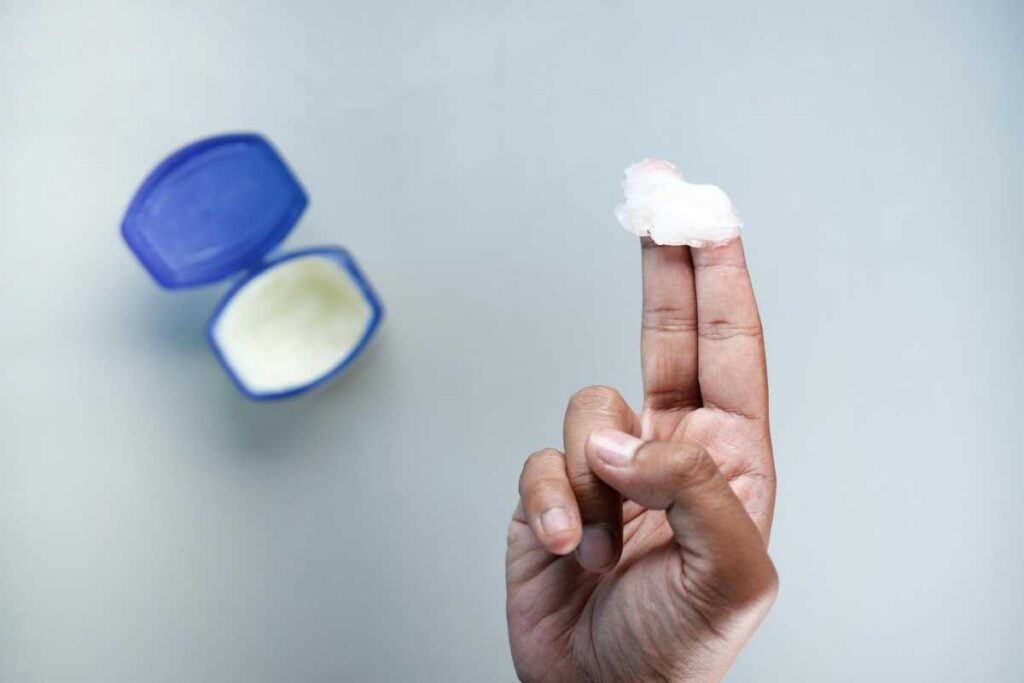
4. Precautions When Using Petroleum Jelly
While petroleum jelly is generally safe for most people, it’s important to keep the following points in mind:
- Avoid Open Wounds: Do not apply petroleum jelly to deep cuts or puncture wounds, as it may trap bacteria and cause infections.
- Sensitive Skin: If you have sensitive skin or are prone to breakouts, perform a patch test before widespread use, as petroleum jelly can be comedogenic (clogging pores).
- Use Sparingly: A little goes a long way. Using too much can leave a greasy residue and may cause skin irritation.
5. Conclusion: The Versatile Power of Petroleum Jelly
Petroleum jelly is a multifunctional product that can be used in various ways to support skin health and beauty routines. Whether you’re dealing with dry skin, chapped lips, or minor wounds, this affordable remedy is a must-have in your skincare arsenal. Its protective and moisturizing properties make it a reliable solution for many everyday skin concerns.
Incorporate petroleum jelly into your self-care routine to experience its many benefits, and enjoy soft, hydrated skin all year round!

